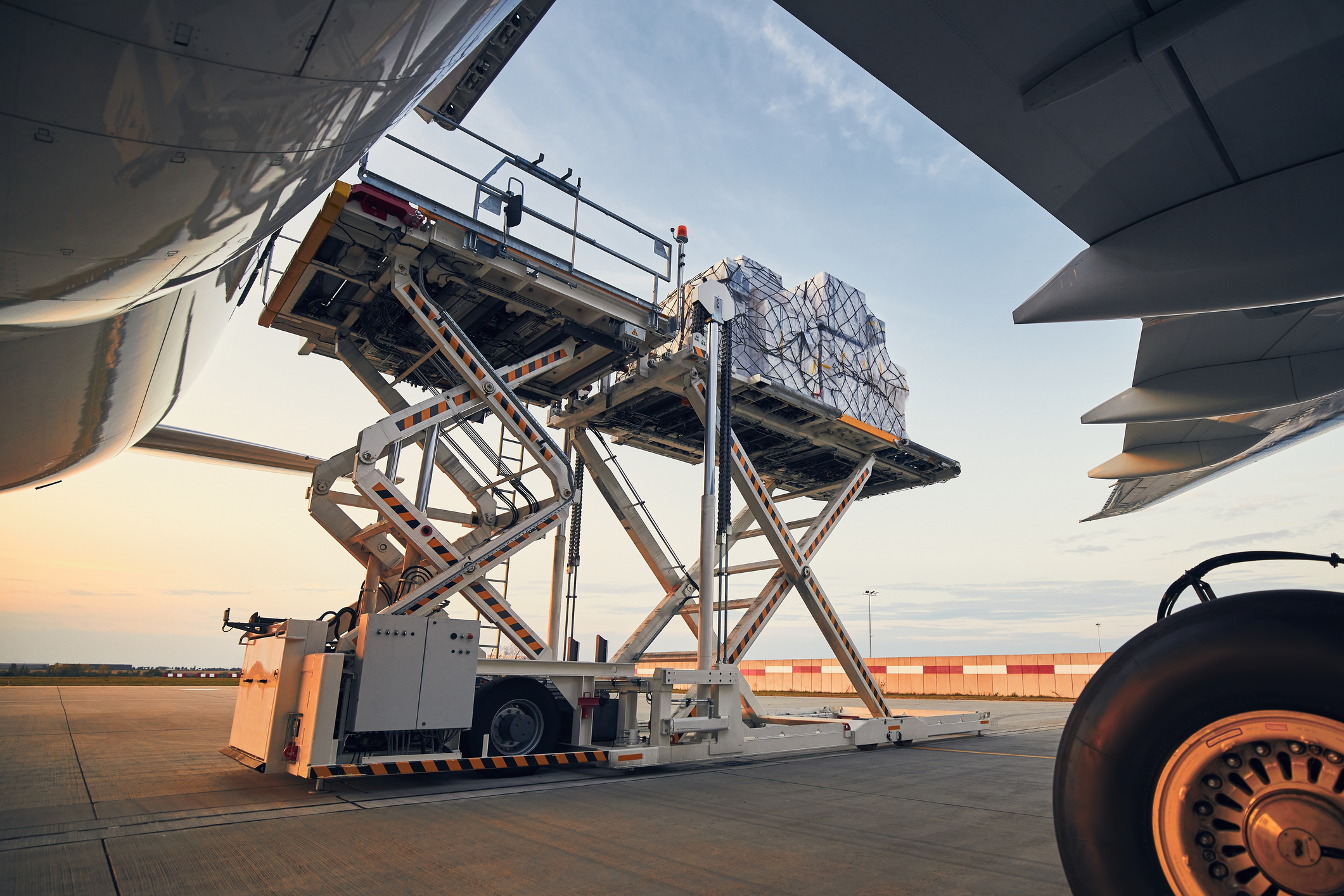The increasing concern for environmental conservation has led to a re-evaluation of various industrial practices, including air cargo exports. In recent years, companies have been increasingly encouraged to adopt sustainable practices that reduce carbon emissions, thereby mitigating the environmental impact of their operations. This article discusses some of the sustainable practices that can be implemented in air cargo exports and explores ways in which these techniques can contribute to carbon reduction, aiming towards greener solutions.
Exploring Sustainable Practices in Air Cargo Exports
Air cargo exports have significant potential to reduce their carbon footprint through the adoption of sustainable practices. The first step towards this is optimizing cargo load. By maximizing the utilization of available space and weight on each flight, airlines can minimize the number of flights required to transport goods, thus reducing fuel consumption and carbon emissions. This not only contributes to environmental conservation but also reduces operational costs for the airlines.
To supplement load optimization, airlines can also invest in fuel-efficient aircraft. Modern aircraft are designed to be more aerodynamic and use advanced engines that consume less fuel, thereby emitting less carbon. Additionally, using biofuels or other alternative energy sources can significantly reduce carbon emissions. Airlines can also improve their flight routes and schedules to minimize fuel consumption. Direct flights and optimal routing reduce the distance and time that an aircraft spends in the air, thus reducing its fuel consumption and carbon emissions.
Implementing Green Solutions for Carbon Reduction in Air Freight
The transition towards greener air cargo exports requires comprehensive and innovative solutions. One such solution is the concept of carbon offsetting. This involves calculating the total carbon emissions produced during the transportation of goods, and then investing in environmental projects that reduce or remove an equivalent amount of carbon from the atmosphere. This ensures that the net carbon emissions of the air cargo export operations are zero.
Another green solution is the implementation of a carbon pricing mechanism. This involves charging companies a fee for each ton of carbon they emit. This economic incentive encourages companies to reduce their carbon emissions, as lower emissions would mean lower costs. The revenue generated from the carbon pricing mechanism can be used to fund renewable energy projects or other initiatives aimed at reducing carbon emissions.
Lastly, greater collaboration among stakeholders in the air freight industry is crucial for implementing these green solutions. This includes airlines, cargo handlers, freight forwarders, and regulatory bodies. By working together, these stakeholders can develop shared goals and strategies for reducing carbon emissions, and can collectively influence the industry to adopt more sustainable practices.
In conclusion, the adoption of sustainable practices in air cargo exports is not just an environmental necessity, but also a business imperative. Through optimization of cargo load, investment in fuel-efficient aircraft, carbon offsetting, and the implementation of carbon pricing mechanisms, the air freight industry can greatly reduce its carbon footprint. This requires a collective effort from all stakeholders in the industry, but the result is a more sustainable and environmentally friendly air cargo export sector. This not only benefits the environment but also offers cost savings and efficiency improvements for businesses, reinforcing the fundamental principle that sustainability and profitability can go hand in hand.




